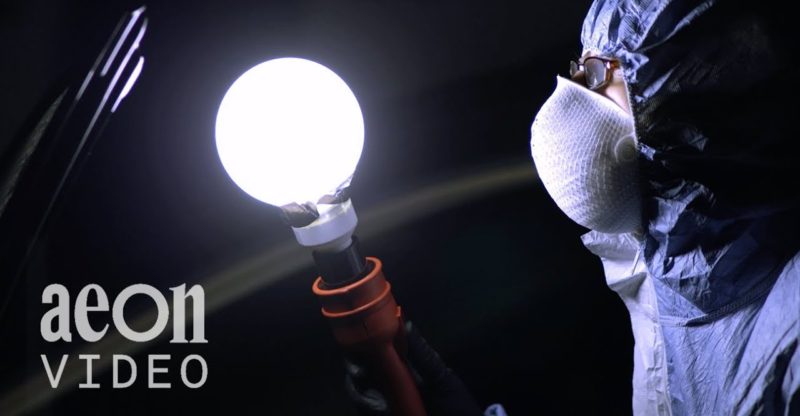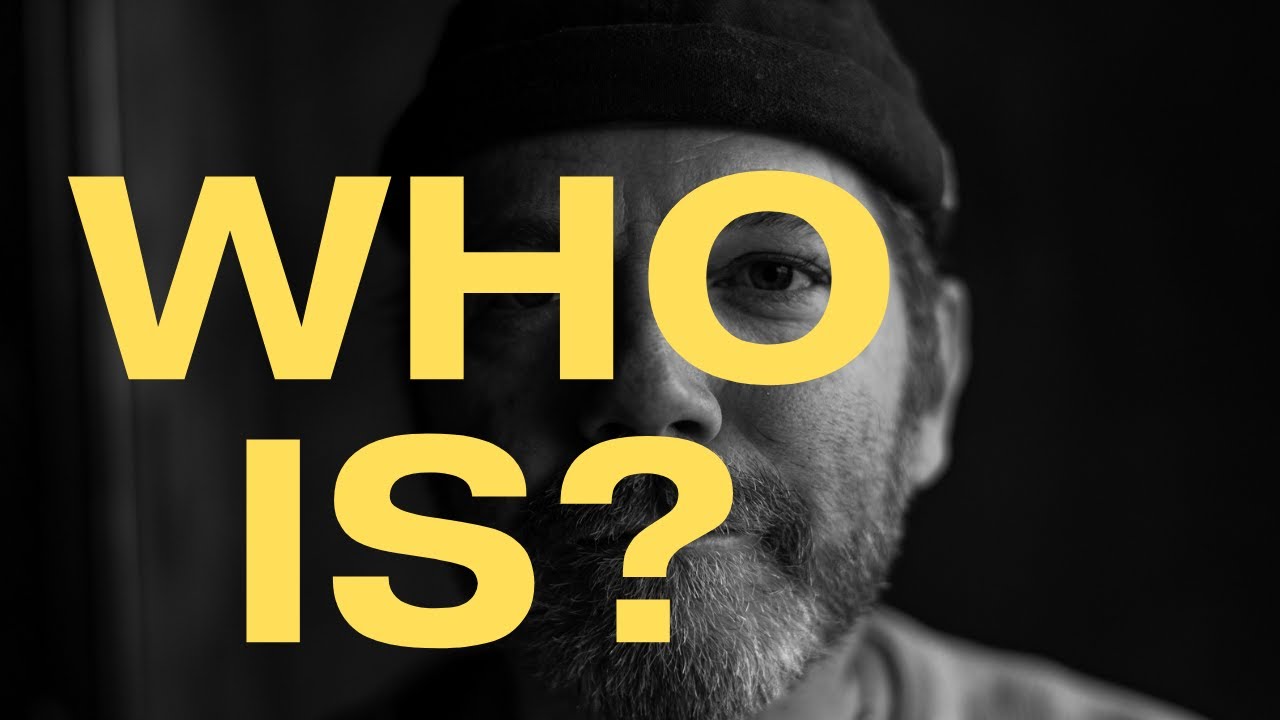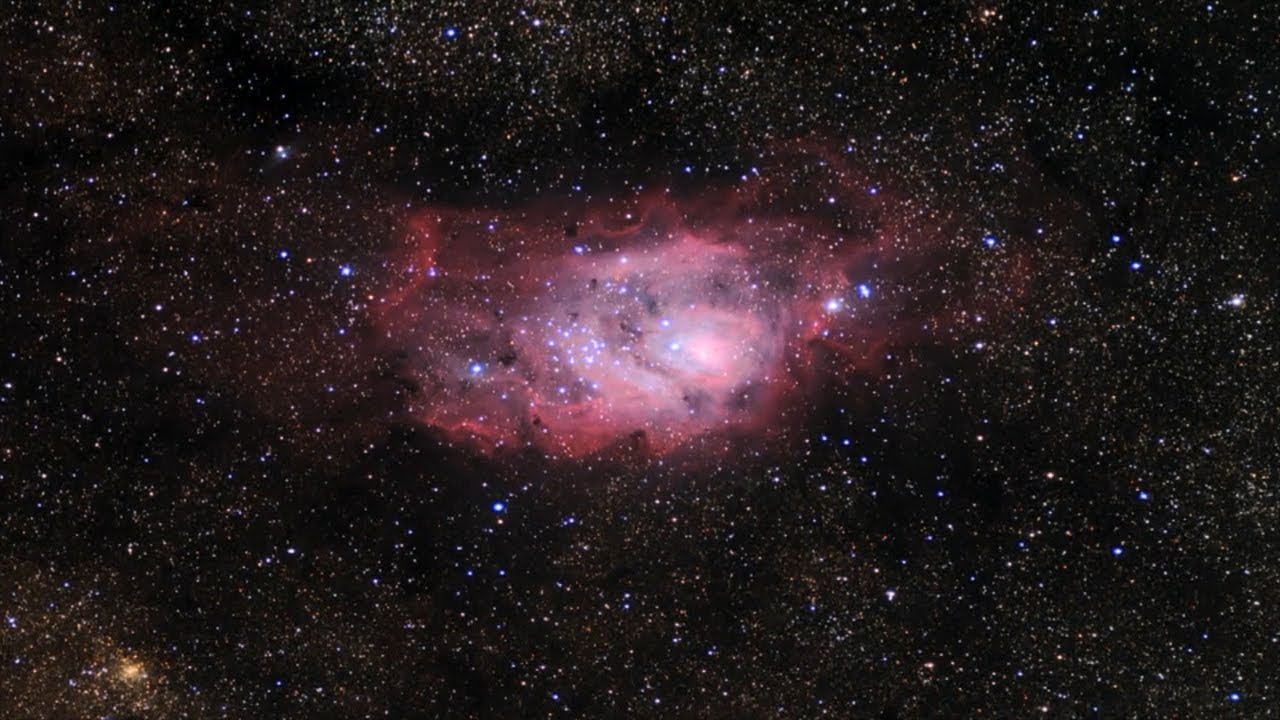How an expert photographs a crime scene | The Forensic Photographer
One of the strange anomalies that you
have is, if you go out for a meal, I will pick up a glass and look at it for fingerprints. Or I will pick up cutlery and I will go,
"Oh, that's a nice fingerprint." And my wife will go,
"What the hell are you on about? I can't even see it." And I go, "Well it's there look,
if you get the light right, there it is." You do tend to look at things
maybe in a slightly abstract way. We tend to specialize in proactive photography. That is around using photography as an
enhancement at the crime scene or here within the laboratory. So it might be to enhance up
blood on clothing, it might be to enhance of injuries using UV,
it might be to record latent marks at the scene that you wouldn't find unless you use a laser
or something similar. And nearly all evidence types have to be recorded in a
photographic medium if you're going to present them at court. We have an ops room here that takes in calls from generally crime scene managers or officers
who are dealing the particular investigations.
And they will ring us in the jobs that
they might have for that day. So it could be a murder, it could be of sexual offenses,
or it could be from our firearms people who want some high-speed video. We never know what's going to happen for that day, and that's one of the nice
things about the job, is that it's not regular. There's a huge variety of work. When you go to a crime scene,
you're composing that image in your mind when you're stepping in that door,
and you're looking at what you've got to assess and what you've got to see. And you're trying
to get that scene into a compact form so that you can get across to the jury what is there,
but in the minimum number of photographs.
For us it's a thought process
as much as a physical hands-on process. In actual fact the camera in most types
of photography that we undertake is irrelevant. It's about light, it's about understanding
where the light's going and what we need
to see within an image. Types of evidence are often
particulars – particular wavelengths. If we're going into a sexual assault scene we know that one of the peak wavelengths
for body fluid is about 440-460. But we happen to have a laser which is attuned at 445. If they then say "Well actually Nick, we need to look for maybe other people
who might be in here at the time," then we can start looking with things like ultraviolet, which bring up different sets of marks to the 4-4-5 and we start looking with the green laser which
brings different marks to what we'd see with the UV.
So you're building up the sequential pattern of
surge, which basically yields somewhere between 40% and 60% extra marks
than you would do if you just went in powdered. Every scene is completely different.
You've got to keep a very open mind. A few years ago now, a gentlemen in
North London was murdering, and on being asked to look at the flat for blood,
we stumbled across what looked like maybe a name or something written on the wall. But the ultraviolet wasn't really doing the job. But thinking outside the box we
looked at using IR. In this case, we used an IR video camera. And when we used that to
illuminate the wall he stained, we actually found that we've got
the names of possible victims written up on the wall that
he'd actually painted over the top of.

So it's about, you know, being very aware of
what's going on in that scene and, is there more to that than meets the eye? Technology's had a massive impact. In reality, it's decimated the numbers of
photographers employed by police forces. Everybody's got a phone, an iPad, a
compact camera even a small digital SLR. It doesn't make you a photographer, it
just makes you somebody who owns a camera.
You know, there's a big difference between
the way that I would perceive a scene, I think, and the way that somebody else might. Problem is if you've got limited training – say for example, a fatal accident and
you're trying to recreate that for the jury as is with true perspective,
one of the most common things that I see is the use of things like wide-angle lens which clearly distorts perspective and appears
to make the vehicles or twice distance they are away.
So if you put that into court,
you're actually giving them false information, you're actually giving them a false
impression of that scene because you know, you've got rid of all your experts,
the level of knowledge is reduced. One of the big differences here
is when we're doing property, often it's shot in the horizontal, not in the vertical, because if you show in the vertical you're limited to the camera to worktop height. But if you shoot in the horizontal
I can put that light anywhere I like. And in some cases you might have
that ball light six foot away to get that mark to come up properly
and that's the critical bit, you know, we're talking of minutiae here
we're talking of areas .3 of a mm across There's no other point in time
that you're going to get a second go at that, and if you don't capture it there
there's no chance further down the line. So in reality if we didn't do these techniques,
we are missing huge chunks of evidence.
When I was at college I didn't go for a job at a hospital because I don't like the sight of blood. But when you're in a scene,
you're actually in there to do a task. That's where your mindset is. That's what your thought process is,
around how best to report them. So it doesn't have that shock factor
perhaps some people might think it has. I think when you have input into a case
and there is an outcome, there is a sense of satisfaction in knowing that the
effort you've put in has got a reward at the other end.













